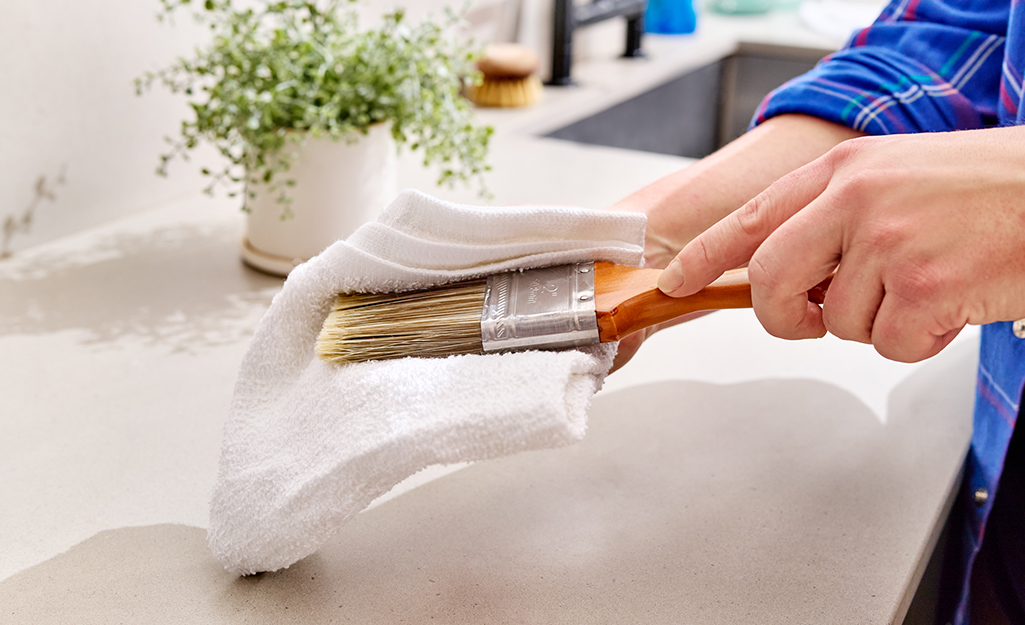To paint a room, whether it being a new or an old existing place, you do not always have to call a professional painter and spend cash. Despite the process being somewhat tedious, I promise you it is something you cannot do if you have time and want to try your hands on some new escapade. For newbies who want to do their own painting works, there are some essential dos and don’ts you should be aware of if you would be able to effectively and efficiently achieve perfect or near-perfect job on your first try. This article is here to guide you through step-by-step methods to help you paint your room. Before taking your brush and applying the first coat, a plan of action must be available so you don’t just do anything. Let’s delve into starting up for painting.
Table of Content
- Plan Your Approach
- Choose Your Color
- Pick Out Your Tools And Materials
- Determine How Much Paint You Will Need
- Prep The Walls And The Room
- Mix Your Paint
- Pick Your Painting Techniques
- Do Not Forget Ventilation
- Clean Up
- Give Yourself Enough Time
Step 1: Plan Your Approach
There is nothing more beautiful than having a perfect picture image of whatever it is you have planned up. Taking into consideration the final work before beginning the whole work is the most important of the work. Note that, you are not sidelined to staying on course with only one color for the entire room. Bring out the artistic part of your being by highlighting moldings with different shades. Also, be sure to give the ceiling a touch if you deem it necessary.
Step 2: Choose Your Color
There are numerous different shades of colors and how they beautify your room. Choosing a paint color for your room can be sometimes a difficult task especially when you do not have prior knowledge of the colors and how they are blended. Are you going for a warm or cool shade? Is it going to be neutral or saturated?
One tip to follow is, if you have furniture already available in the room or have pre-ordered any, its color should in effect help you decide on which paint would compliment it.
At this point, you should have considered some paint colors. Contact the closest store and ask for few samples and shades. This is where you will have a little headache as you will have to test and see how they will all look in the room at various times of the day.

Step 3: Pick Out Your Tools And Materials
An initial approach and choice of paint colors are the foundations to having a perfect plan to paint your room. Once you have that in place, rush to the nearest shop and grab the needed materials for the job.
- Paint
- Paint Roller
- Paint Brushes
- Paint Roller Extension Pole
- Turpentine (when you are using oil paint)
- Hand Gloves
- Drop Cloths
- Paint Tray
- Sandpaper
- Painter’s Tape
- Rags
- Putty Knife
- A bucket
:max_bytes(150000):strip_icc()/learn-how-to-paint-a-room-like-a-pro-1822378-11-c1819d96aebe463ab5aa6b4ffe280f07.jpg)
Step 4: Determine How Much Paint You Will Need
The general rule for painting either a room or an exterior of a building is a gallon for every 400 square feet. For larger spaces or projects which involves painting numerous buildings, you will need a paint calculator and that isn’t the case here so stick to the one gallon for each 400 square feet.
For a smooth wall, you are good to go. A more textured surface will need an extra little paint to do finishing touches. When dealing with complicated millwork cabinets, more paint is required to suffice. The amount of paint you will need is important so you do not spend so much on excess paint you wouldn’t use.

Step 5: Prep The Walls And The Room
Prepping the room is one very important detail you should be mindful of when planning to paint a room. If it is a new space, you wouldn’t have much to do than place drop cloths on the fall and there you are.
For an existing room inhibited by you, you will have to pack your sofa and other important valuables and even scrap the walls with sandpaper (if needed) before painting. If you don’t have a spare room for that relocation of properties, just bring everything together in the middle of the room and place the drop cloths on the floor.
With the use of a putty knife, apply the painter’s tape at the edges of the room, base and moldings, doors and windows. When that is done, put of switches and socket covers and tape them from paint drips. Be careful as electricity still runs through those sockets and switches.

Step 6: Mix Your Paint
There are two ways you can mix your paint. You can either pour an amount in a bucket and add water or use the paint exactly the way it came in its container. Most people prefer the latter and would have to thoroughly stir the paint immediately after opening it and all through the painting process for true color definition.

Step 7: Pick Your Painting Techniques
Professionals can start painting from any angle and get the desired ends when all is done. As a newbie, choose one of the corners and begin painting from top to bottom. It is necessary for you to begin painting light colors first as deeper ones can cover up the lighter ones.
Once you are done working with the light color paints, tape the edges and start painting with the dark color paints. Take it one wall at a time. Be sure to be done with one before you jump onto another. From the top to bottom, paint from the ceiling and along the molding and the corners.
When you get to a trim, remove the painter’s tape and allow the walls to dry before doing anything else. The trim closest to the ceiling is the immediate pace you have to tackle then you can see to the others is same fashion.

Step 8: Do Not Forget Ventilation
It is advised that you wear a protective cover on your nose when painting, as the smell may not be favorable to everyone. Proper ventilation is of utmost important, especially if you have to wait so long for the paint to dry before moving on to do other stuffs. Make sure windows are opened and fans blowing at top speed to help the drying process.

Step 9: Clean Up
When you are done with the painting, remove all painter’s tapes affixed to the wall and gently fold the drop cloths. Immediately after that clean your brushes and reshape its bristles before setting them aside for other jobs in the future.

Step 10: Give Yourself Enough Time
Don’t be too concerned about the time you will use when painting a room, especially if the room is a larger one. For just the room, you will need a relatively shorter than to finish than when you are painting ceilings and trims. Some spaces may require a few hours whereas others will take a number of days. In allocating time, just do not limit yourself to your stipulated time.
Source: www.Muzhchin.net
